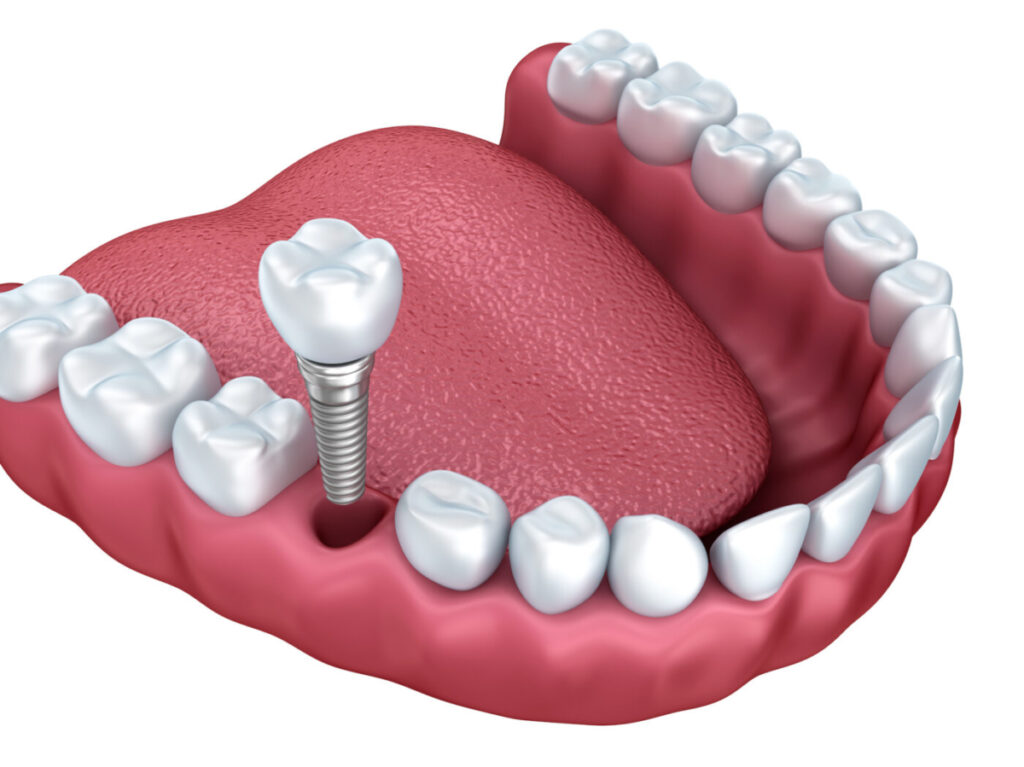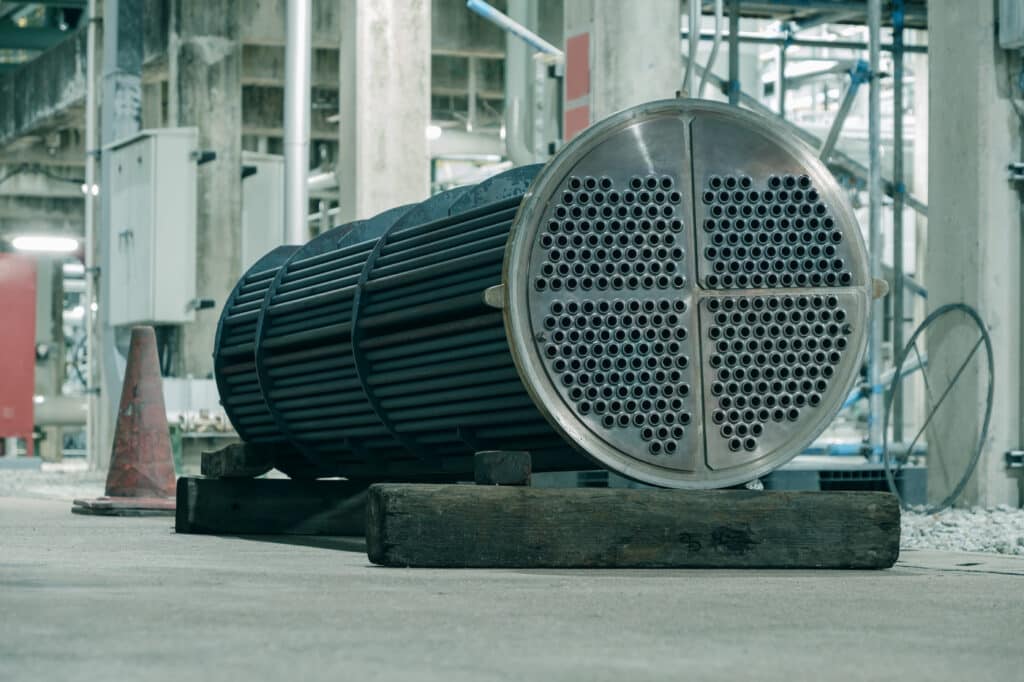Did you know that Zirconium plays a crucial role in both enabling and halting a nuclear reaction in a nuclear power plant? Before we explain this, we will first outline the key properties of Zirconium, compare it with Titanium, and list several different applications.
What is Zirconium?
Zirconium is a transition metal derived from the mineral Zircon, with the atomic number 40, and is represented by the symbol Zr. Zirconium was discovered back in 1789 but was only isolated in pure form for the first time in 1914. The chemical element Zirconium is one of the most abundant elements in the Earth’s crust, yet Zirconium is not extracted from the ground in its pure form. The mineral Zircon, from which we obtain Zirconium, is used to…Learning is often obtained as a byproduct when mining Titanium and Tin. During the process of converting the mineral Zircon into metallic Zirconium, a small amount of Hafnium is also produced. Zircon is primarily found in Australia, America, South Africa, Brazil, India, and Russia.
Properties of Zirconium
The silvery-grey transition metal Zirconium is extremely versatile. Some of its notable properties include:
- Corrosion resistant
- High degree of biocompatibility
- Ductile and formable
- Very strong, even at high temperatures
- Transparent to neutrons
Zirconium compared to Titanium
Zirconium and Titanium share several similar properties, which isn’t surprising when you consider that Zirconium is often extracted in conjunction with Titanium.as a byproduct of Titanium. But what are the similarities and what are the differences?
Similarities
Both metals have a high melting point and are highly corrosion-resistant due to their strong, stable oxide layer. When we compare pure Zirconium with pure Titanium, Zirconium is the stronger of the two, especially at high temperatures and in the presence of strong chemical substances, where Zirconium’s corrosion resistance is superior. However, there are Titanium alloys (such as grade 5) that are much stronger than any Zirconium variants. Both Titanium and Zirconium are very strong, relatively lightweight, and both are easily weldable. Additionally, both metals are non-toxic and biocompatible with the human body, making them suitable for medical applications, for example in dental…dtechnology and surgical instruments. 
Differences
The metals differ mainly in structure, application, and investment. The difference in structure, with Zirconium having a hexagonal structure and Titanium a crystalline structure, requires different processing techniques. Titanium and Zirconium are used for various applications in different markets. Zirconium is widely used in nuclear energy and highly chemical processes, while Titanium is more commonly applied in aerospace, medical prostheses, and maritime applications. When Titanium meets the technical requirements, it isthis makes Titanium a very cost-effective metal, often preferred over Zirconium.
Application of Zirconium
Due to its unique properties, Zirconium is highly suitable for use in various markets. It is estimated that around 90 percent of Zirconium production is destined for nuclear reactor technology. Additionally, Zirconium is used in:
- Chemical industry
- Medical devices
- Aerospace
- Hydrogen storage
- Military industry
Zirconium in Nuclear Reactors: Zircaloy
Zirconium is essential in the generation of nuclear energy. Two remarkable properties make the metal particularly suitable for use in nuclear reactors: Zirconium is highly heat-resistant, absorbs hardly any neutrons, and is toat a temperature of 750°C, it is highly corrosion-resistant. Generating nuclear energy is a process where heat and neutrons are crucial. Zirconium can handle both well, with a melting point of 1855°C and low neutron absorption. The free movement of neutrons is essential in the splitting of Uranium atoms. Since the metal absorbs so few neutrons, neutrons can move freely, allowing for efficient nuclear energy generation. 
Zirconium in Chemical Processes
Zirconium is widely used in chemical processes, both in the production of catalysts and pigments and in the protection of equipment, storage tanks, pipelines, etc. Zirconium and its various alloys provide rthe corrosion and heat resistance necessary for safe and efficient chemical processes involving acids, bases, and other corrosive substances and/or high temperatures. Curious about the benefits of partnering with Metel? Our team is eager to share all the details about our program or approach and gladly provides examples of successful collaborations with clients in your specific market. Schedule an appointment via 0416 – 724 800 or email n.kesteloo@metel.nl.
 +31 (0) 416 724 800
+31 (0) 416 724 800 info@metel.nl
info@metel.nl